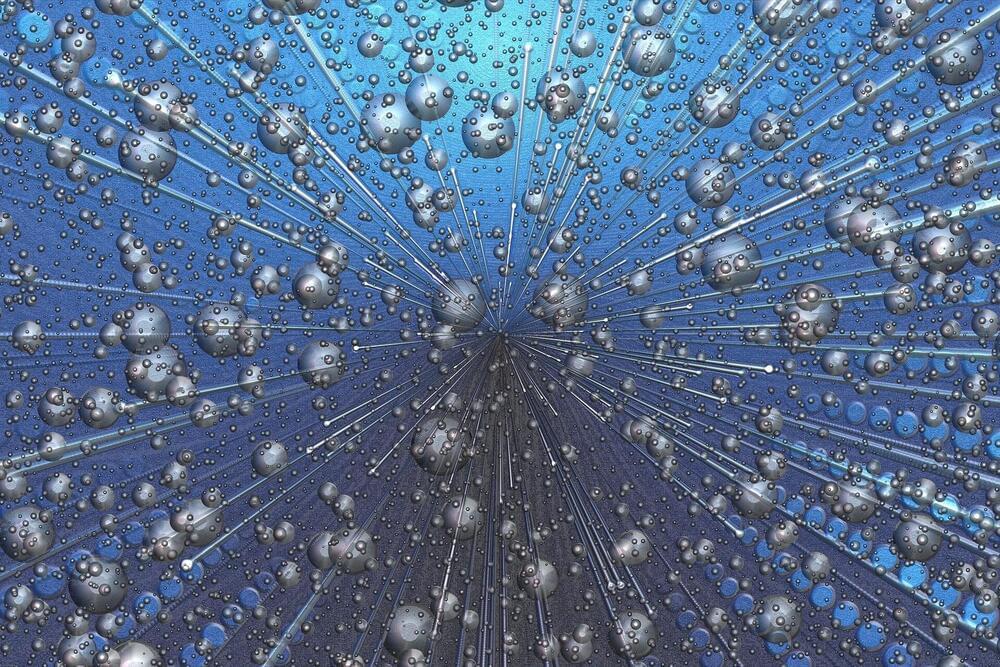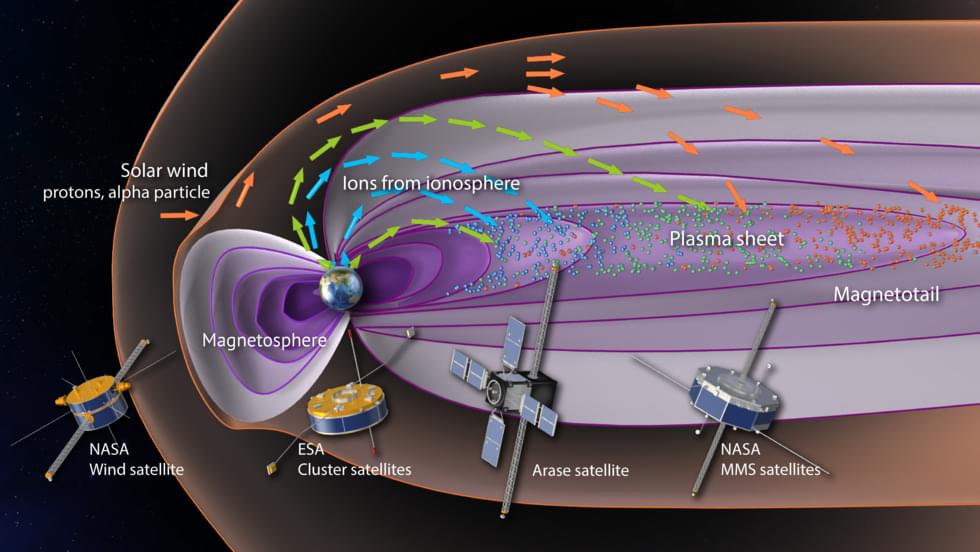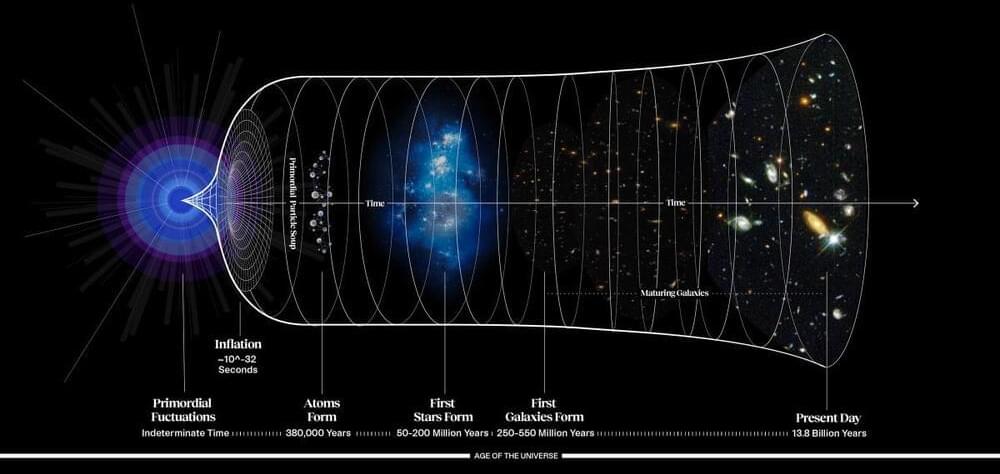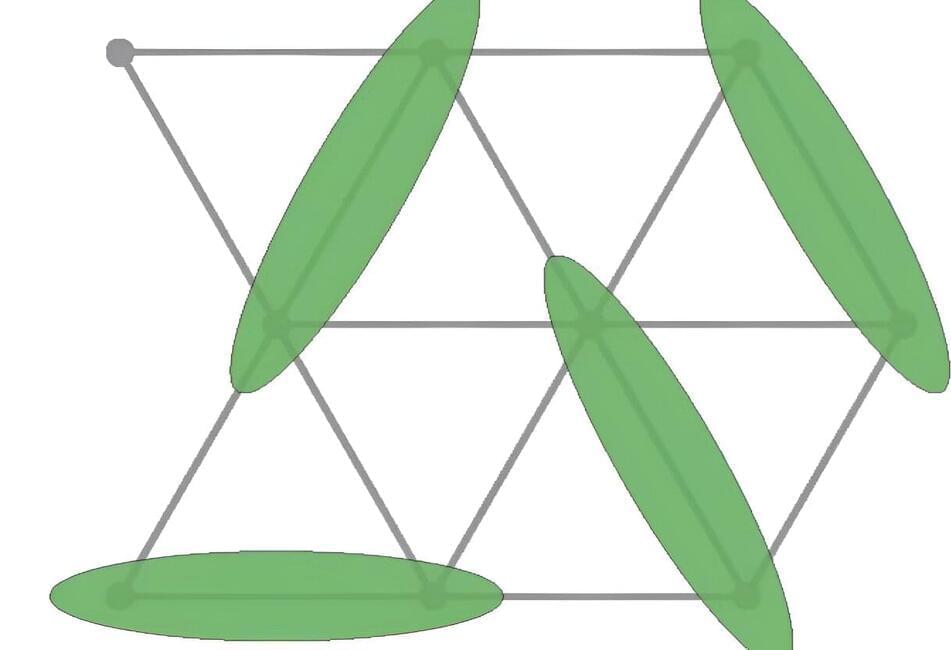Quantum scientists have discovered a rare phenomenon that could hold the key to creating a ‘perfect switch’ in quantum devices which flips between being an insulator and a superconductor.
The research, led by the University of Bristol and published in Science, found these two opposing electronic states exist within purple bronze, a unique one-dimensional metal composed of individual conducting chains of atoms.
Tiny changes in the material, for instance, prompted by a small stimulus like heat or light, may trigger an instant transition from an insulating state with zero conductivity to a superconductor with unlimited conductivity, and vice versa. This polarized versatility, known as “emergent symmetry,” has the potential to offer an ideal On/Off switch in future quantum technology developments.








